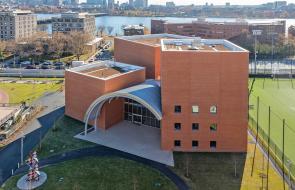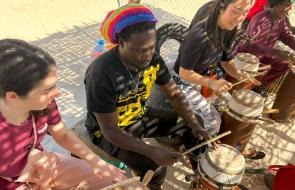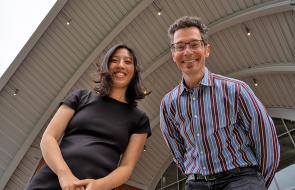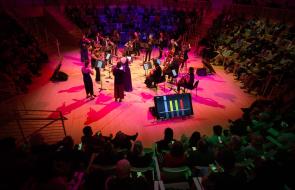"None of this is to belittle Harbison’s achievements, which include some spectacularly effective orchestral writing and passages of immense appeal, such as the fluttering woodwinds and the duet between strings and tinkling percussion, both in the dusky and “lambent” (Harbison’s designation) third movement, and the peculiar “lion’s roar” that precedes the finally calm and hymnic close of the fourth movement. Still, the symphony’s particularly severe mien, even in contrast to Harbison’s other work, lodges it in our mind as a true 20th century modernist artifact." Continue Reading
- Music
- About
- Composition and Theory
- Music Technology
- History and Culture
- Performance
- Degree Requirements
- Class Schedule
- Edward and Joyce Linde Music Building
- Graduate Level Courses
- Theater Arts
- News
- Events
- People
- View/Listen
- Space/Resources
- Give
- Graduate Subjects




